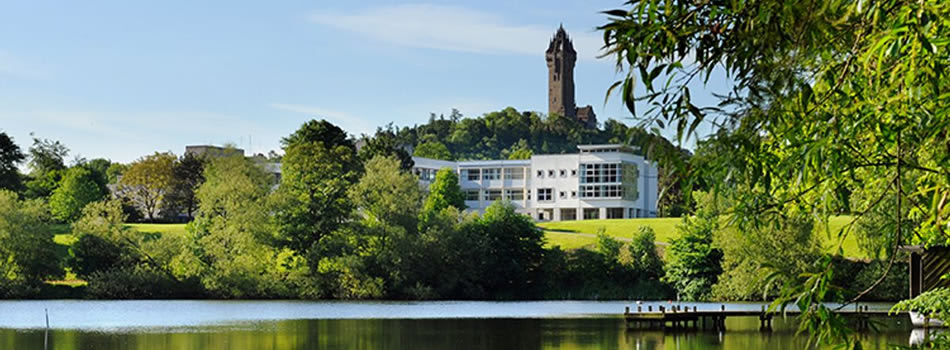Background
Bloom forming phytoplankton punch far above their weight; although only 1% of the photosynthetic biomass on Earth they fix as much carbon as all terrestrial plants combined. As well as being the engines of primary productivity on which all aquatic ecosystems depend, these phytoplankton can cause problems when blooms release toxins or generate large amounts of organic matter, leading to ecological damage. Such blooms have massive economic impacts on fisheries, pose a risk to public health, and can negatively affect biodiversity and the recreational value of water bodies.
Phytoplankton encompass species ranging from cyanobacteria to green algae and diatoms, and the fundamental biology of many of theses groups is poorly understood. One largely enigmatic aspect of phytoplankton lifecycles are resting stages, which allow species that normally live in the water column (pelagic algae) to persist in sediments forming a ‘seed bank’ that has potential to act as a reservoir of genetic diversity and a source of cells that initiate pelagic blooms. Resting stages can take the form of highly resistant cysts capable of surviving extreme conditions (e.g. complete desiccation); some have been revived after lying dormant in sediments for thousands of years.
Despite the potential importance of phytoplankton resting stages in bloom formation, we understand little about the cellular mechanisms that allow them to persist in sediments or the environmental drivers and cellular mechanisms of differentiation and germination. We know that algal resting stages germinating from sediments can contribute to pelagic biomass, but we don’t know whether they can be the primary seed population for blooms or whether the genetic and phenotypic diversity harboured in the sediment is important for adaptation of the population to changing conditions.
This PhD project will combine the latest molecular tools with field work to improve our knowledge of algal resting stages, focusing on Loch Leven, a large, shallow lake in lowland Scotland. The UK Centre for Ecology and Hydrology (UKCEH) has been collecting data from Loch Leven fortnightly since 1968; these data were instrumental in guiding its restoration from a highly eutrophic state in the 1990s. However, recent years have seen increasing dominance of potentially harmful cyanobacterial blooms, which may be linked to increasing water temperatures. With the lake’s temperature projected to increase by about 3°C by 2080, there is now an urgent need to understand the factors that control algal blooms in this system, how they might be impacted by changes in temperature and how they might be controlled. Loch Leven is an important nature reserve, trout fishery and recreational facility, and there is strong local and national interest in creating a sustainable future of the Loch.
Objectives
This project will focus on two algal groups that are often common in Loch Leven blooms: the cyanobacterial genus Dolichospermum (formally known as Anabaena) and the diatom genus Asterionella. Dolichospermum can produce toxins and are known to produce resting stages called akinetes, while Asterionella can form undifferentiated resting cells in lake sediments that form a key part of the phytoplankton succession in years when cyanobacteria are less abundant. The following questions will be addressed:
1. What resting cells are present in Loch Leven sediments and how does their abundance vary over the year?
2. How does the intraspecific genetic diversity of resting cells compare with that of the pelagic population? By following genetic lineages over time, can we ascertain whether or not resting cells are a major contributor to the bloom inoculum?
3. Do resting cell populations harbour phenotypic diversity that may allow populations to adapt to a changing climate?
4. What molecular mechanisms allow resting stages to survive long periods in sediments under very low light, and likely near anoxic, conditions?
There will be an opportunity to focus the project on areas of particular interest to the student. These could be more ecological, for example using benthic traps to estimate the carbon flux due to resting stage formation, or more molecular, focusing on the cellular mechanisms of persistence.
Methods
The nature of the population of algal resting cells in the sediments of Loch Leven will be studied using the following methods:
• Shallow sediment grabs and cores collected from a boat on Loch Leven
• Identification using (fluorescence) light microscopy and fluorescent in-situ hybridisation methods
• Identification using nanopore amplicon sequencing of marker genes such as 18S
• Meta-transcriptomics (nanopore) to identify living species and gain insights into mechanisms of persistence
Intraspecific diversity of benthic and pelagic populations will be monitored by sequencing selected highly variable marker sequences (Illumina MiSeq).
Phenotypic diversity will be analysed by isolation of individual cells from benthic and pelagic samples to establish monoclonal cultures. Growth rates and survival will then be monitored under a range of future temperature scenarios. This will make use of the University of Stirling’s state of the art controlled environment facilities.
Resting stage formation will be studied in Dolichospermum and Asterionella cell cultures isolated from Loch Leven. Conditions known to induce Dolichospermum akinete formation will be applied and the morphological changes will be followed by microscopy. Asterionella cells will be subject to laboratory simulated benthic conditions and morphological changes observed over time by microscopy. RNAseq (Illumina) will be used to compare the transcriptome of the starting cultures with the resting stages. This work will be enhanced by new nanopore reference genomes generated by other laboratory members and collaborative projects.
The application deadline is Friday 6th January 2023 at 12:00 noon. By this time applicants must have submitted an application through the IAPETUS DTP online application system (open from 1st November 2022) further details are here: https://www.iapetus2.ac.uk/how-to-apply/. However, serious applicants should contact the lead supervisor by email well before the deadline to discuss their application.
Initial shortlisting will take place immediately after the 6th January deadline. Those candidates who are successful in shortlisting will be required to attend an IAPETUS interview on Tuesday 28th February or Wednesday 1st March 2023.

 Continue with Facebook
Continue with Facebook





